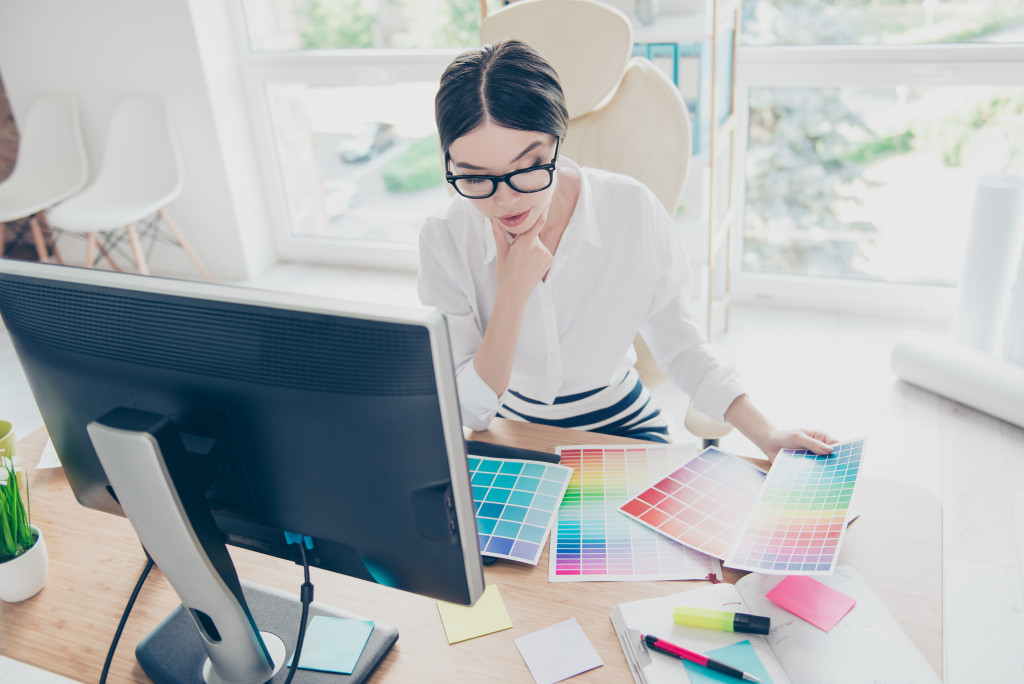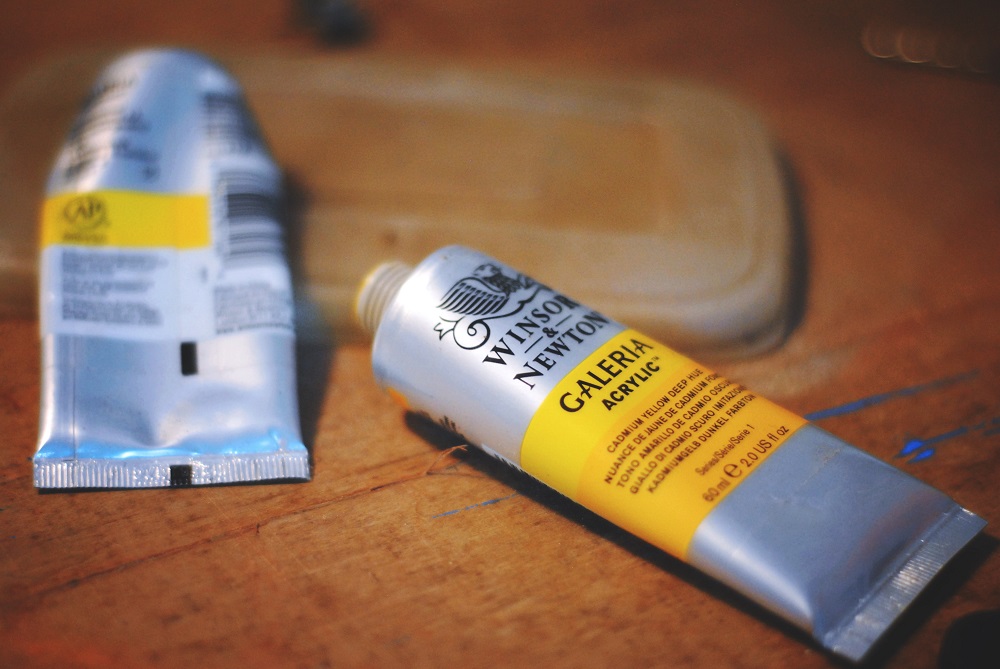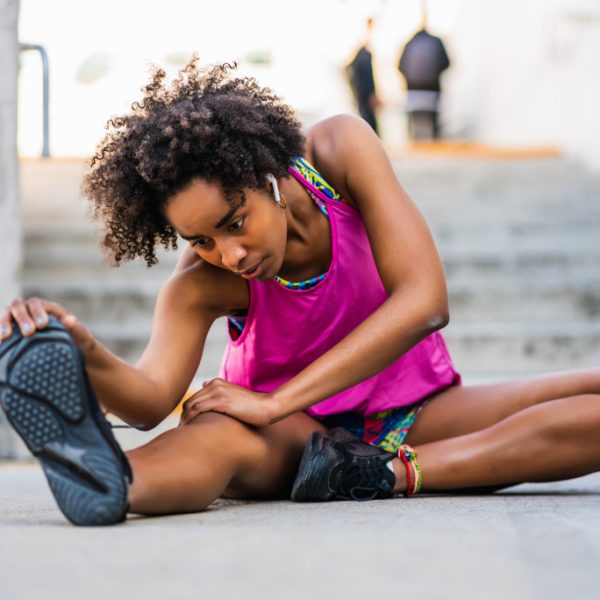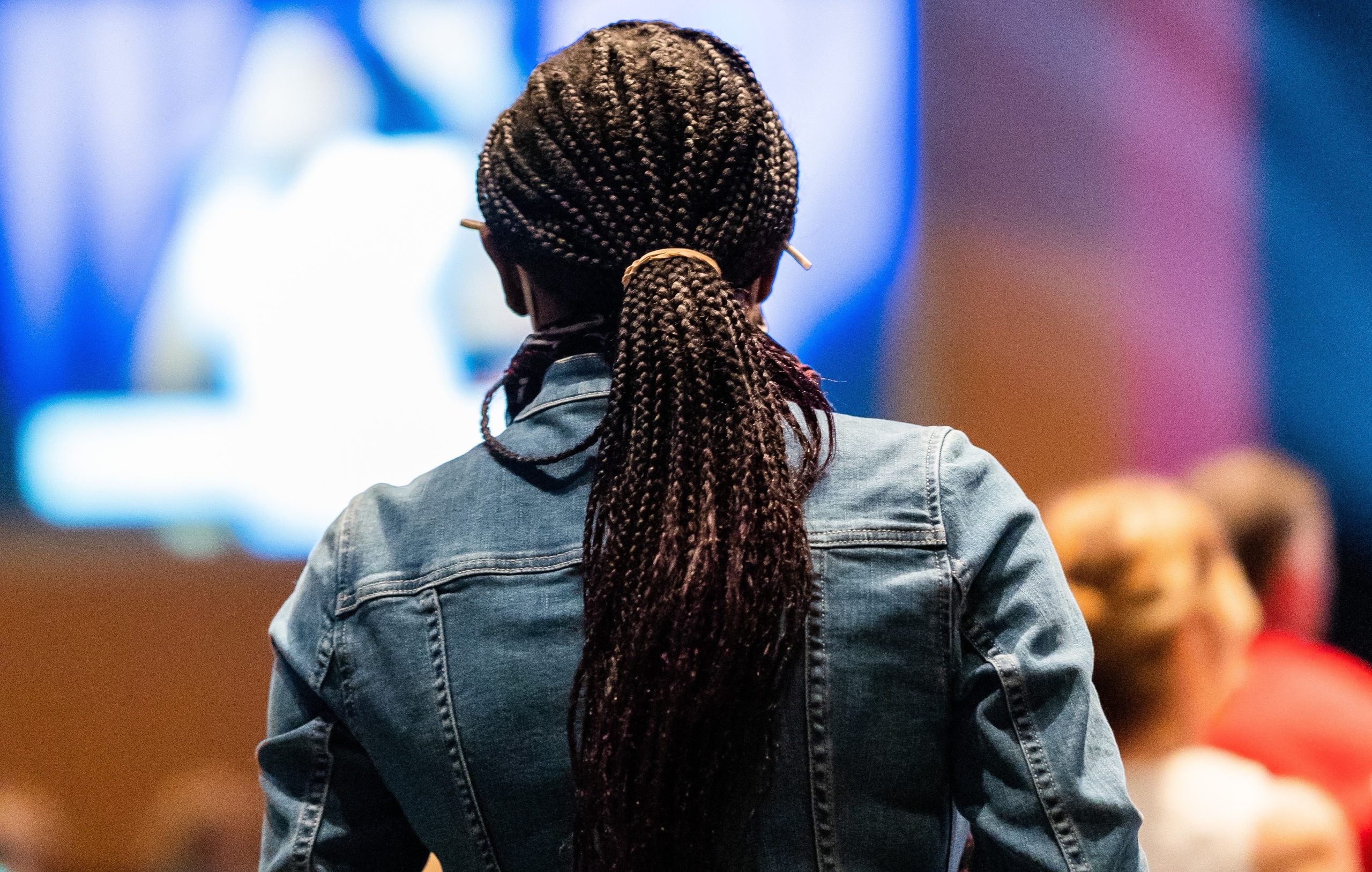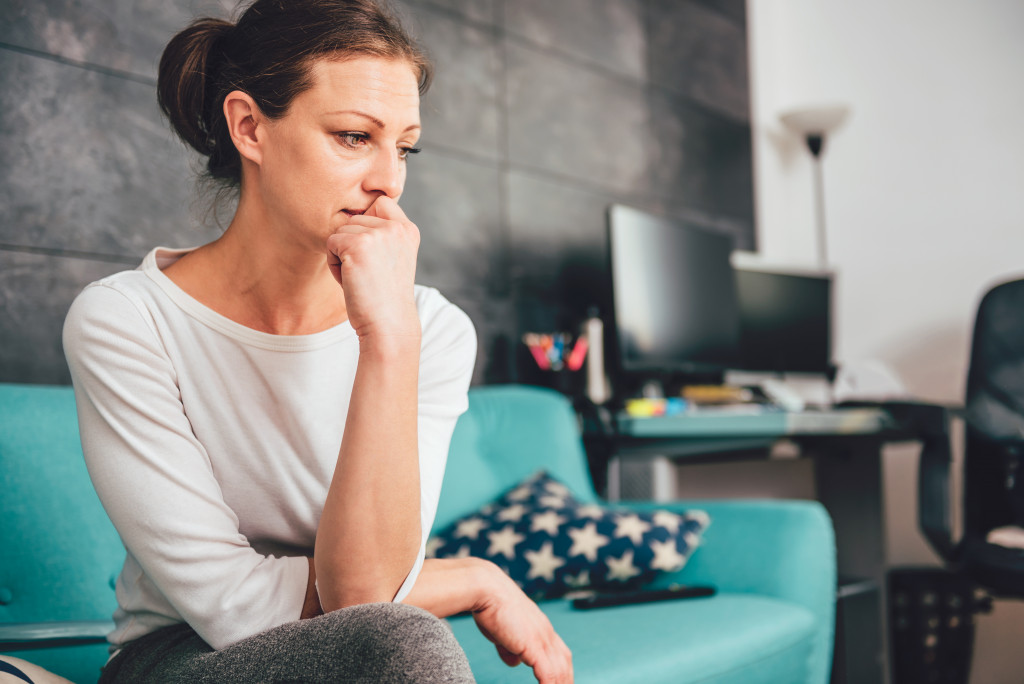Let’s make one thing clear: brown isn’t exactly the most beautiful of colors. Sure, it’s a necessary hue for pretty much any type of painting, but for reals, it’s pretty rare to see brown as someone’s favorite. No disrespect, it’s just, brown is kind of…blah.
But, like we said, some people love earth tones, and I get it: earth tones bring a deeper hue to any piece which, if done well, creates a contrast that really highlights the vibrancy of other colors. But unless you exclusively paint landscapes, you’re probably not going to find a diverse collection of brown paints in your palette, which means that you’re probably going to mix other paints on your own. This works whether you’re using paint pens on canvas, oil paints on wood, or acrylic on fabric.
If you’re anything like me when I was a beginner, the way I mixed brows consisted of two things:
- mix a bit of random colors
- Hope for the best
It was inefficient, and my success rate was around less than half, which makes sense. But that’s because I was pretty lazy when I first started painting. Now that I have a little bit of experience (and devoted some time to actually remembering color theory!), it’s easier to mix browns because I’m reminded of the relationship between the colors and how the primaries might work with complementaries and their tertiaries, and vice-versa.
That’s right, while a lot of newbie painters might throw down their paint brushes when mixing brown paint, I’m here to tell you: don’t panic! There are quick and easy ways to make brown paint, and it’s going to help you and your art down the line.
How Does Learning How to Make Brown Paint Help You?

Well, learning how to make brown paint, or indeed, any neutrals or grays, helps you simplify your palette and reduce wastage. Like I mentioned earlier, unless you’re a nature/landscape painter, you’re probably not going to have a lot of browns in your repertoire. Knowing how to make brown paint of different shades and hues means that you’re not going to have to buy a tube of a specific type of brown that you’ll use maybe once or twice.
Knowing how to make brown paint forces you to rely on the paints you have at hand, which, in turn, helps you develop your artistic skills by learning how each color might work with another color. Of course, there’s really nothing wrong with just buying tubes and tubes of specific hues, but there really is something magical and satisfying about taking simple colors and creating a new one that completely matches your tastes and needs at the moment. It’s a lesson you’ll be applying throughout your entire artistic process, from experimenting with different brush strokes to learning about how to hang a canvas.
Yes, brown can be neutral and dull, but guess what: the world is full of colors like that! Learning how to make brown paint helps you understand and process the visual world you encounter, allowing you to see colors in real life that you might have missed because you weren’t aware of how it goes together on your palette.
So, the big question…
How Do You Make Brown Paint?
There are two ways to answer this question: the short answer, and the long answer.
How Do You Make Brown Paint? The Short Answer
Take equal parts of the three primary colors (or, Red, Yellow, and Blue, if you’ve forgotten!) and mix it. That’s it, you’ve made brown. Of course, playing with the ratios, the pigments, and the specific hues of the primary colors, will give you very different shades of brown, so it’s best to experiment until you get the shade you desire.
Is it that simple? It could be! But if you want something a little more specific…
How Do You Make Brown Paint? The Long Answer
Mixing brown can be as simple as mixing the primaries, but behind the scenes, a lot of complex color theory concepts are coming in to play. So before we go any further, let’s brush up on a few art terms, shall we?
- Primary Colors: colors that cannot be derived nor mixed from other colors. The primary colors consists of Red, Yellow, and Blue.
- Secondary Colors: colors that are created from the mixture of the primary colors. The secondary colors consist of Orange, Green, and Purple (red and yellow create orange, yellow and blue create green, and blue and red make purple).
- Complementary Colors: these are color pairs that are on the opposite ends of the color wheel. To put it more simply, complementary colors are color pairs that are the opposite of one another.
- Tertiary Colors: also known as intermediate colors, these are colors that are created from complementary pairs.
The concept of complementary colors is one of the most important aspects of color theory because these are the colors that create contrast, intensity, brightness, and other factors that elevate your painting from a flat, 2D representation of what’s in your artist’s imagination.
Learning how to make brown teaches you how to work with complementary colors, which in turn, also teach you how to control certain aspects of your painting, from the way each color might cancel each other out, or how they make each other stand out.
So when you learn how to make brown, remember that it can either be s a mixture of primary colors, a combination of complementary pairs, a blending of tertiary colors, or all three. The exact shade and hue of your brown will, of course, depend on the primary or complementary colors you choose to work with in the first place.
Creating Grays from Brown

Photo by JTMultimidia from Pexels
When in doubt, always refer back to your color theory basics: brown belongs to the ‘neutral colors’, which in turn, are directly related to gray. Just like brown, gray can also be created using a mixture of the primaries or the complementary pairs. Think of it this way: equal proportions create brown, while more of one color in a mixture could produce gray.
But, take caution: this is completely dependent on the type of paint you’re using, the color, the pigmentation level, the brand, the medium, the brush, etc. Color mixing works great in theory, but in application, it can be a very temperamental practice that requires patience, constant experimentation, and learning from one mistake after another.
However, learning basic color theory is most definitely going to help you reduce the amount of mistakes you’ll make, not to mention streamline your color mixing efforts!
Brown is Beautiful
At the end of the day, brown may not be the most vibrant or the most exciting, but it’s certainly one of the most beautiful colors you can work with. The right shade of brown can bring even the dullest greens to pop or mute the most excited reds. Applying brown to blue can create stormy skies, while a brown on yellow can give life to something that was otherwise flat. Brown is beautiful, and it’s your job as an artist to bring it out!
